Movie courtesy of the NSF.
Lake-bottom Sediments for Studying Past Climate
Climate scientists use "proxy data" to study climates of the past, before humans with thermometers began keeping temperature records. These "proxies" include tree rings, layers within ice cores pulled from glaciers and ice sheets, growth layers in coral, and layers of sediments from the bottoms of lakes and oceans.
Debris that flows into a lake gradually settles to the bottom to add to the layers of sediments there. Climate scientists can study these layers of sediments for clues about past climates. The thickness of sediment layers tells us about the rate of flow of water into the lake, which helps us learn about precipitation rates in the region at various times in the past. The amount and types of organic debris in the sediments can help us determine the types of plants that grew nearby, which gives us another insight into the local climate of the past. Scientists use special tools to extract sediment cores from lakebeds, which they chemically analyze back in their labs.
Right-click (Windows) or Option-click (Mac) here to download a copy of this video in QuickTime format.
You might also be interested in:

For a glacier to develop, the amount of snow that falls must be more than the amount of snow that melts each year. This means that glaciers are only found in places where a large amount of snow falls each
...more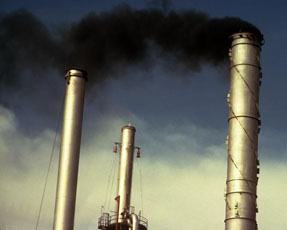
Leaders from 192 nations of the world are trying to make an agreement about how to limit emissions of heat-trapping greenhouse gases, mitigate climate change, and adapt to changing environmental conditions.
...more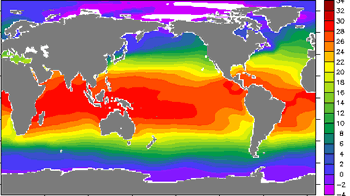
Climate in your place on the globe is called regional climate. It is the average weather pattern in a place over more than thirty years, including the variations in seasons. To describe the regional climate
...more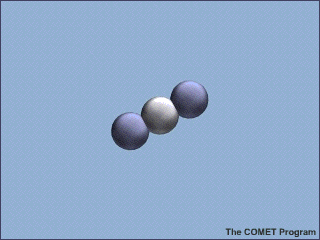
Less than 1% of the gases in Earth's atmosphere are called greenhouse gases. Even though they are not very abundant, these greenhouse gases have a major effect. Carbon dioxide (CO2), water vapor (H2O),
...more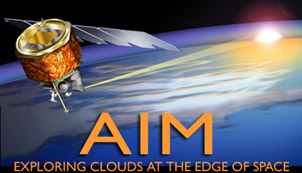
Television weather forecasts in the space age routinely feature satellite views of cloud cover. Cameras and other instruments on spacecraft provide many types of valuable data about Earth's atmosphere
...more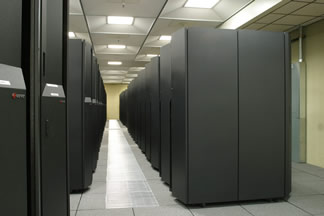
Predicting how our climate will change in the next century or beyond requires tools for assessing how planet responds to change. Global climate models, which are run on some of the world's fastest supercomputers,
...more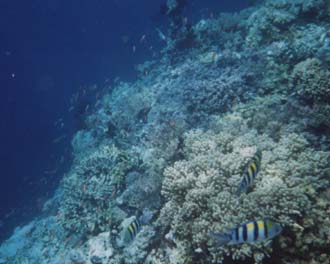
The world's surface air temperature increased an average of 0.6° Celsius (1.1°F) during the last century according to the Intergovernmental Panel on Climate Change (IPCC). This may not sound like very
...more














